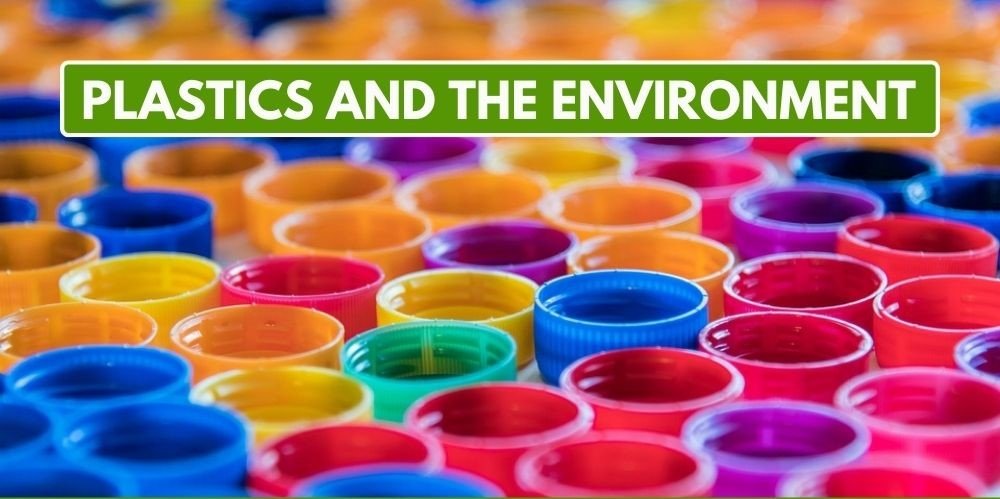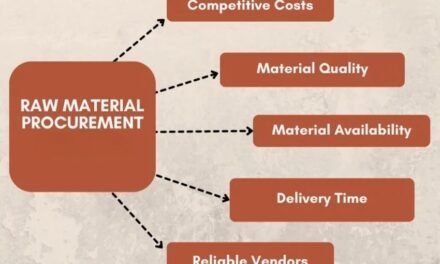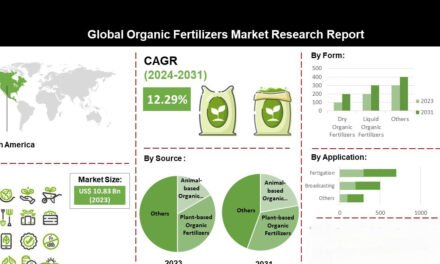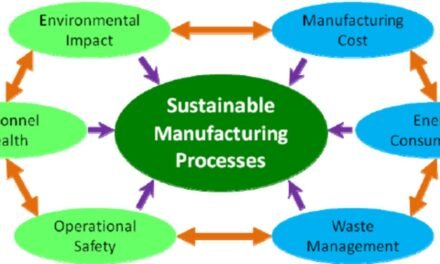Plastics have become a cornerstone of modern life due to their versatility and durability, but their extensive use and improper disposal have led to significant environmental challenges. Here’s an overview of the key environmental challenges associated with plastics and the measures being taken to address them:
1. Environmental Challenges
A. Plastic Waste Accumulation
- Challenge:
- Plastics are non-biodegradable and persist in the environment for centuries.
- An estimated 400 million tons of plastic are produced annually, with a significant portion becoming waste.
- Impact:
- Landfills overflowing with plastic waste.
- Litter in urban and rural environments.
B. Marine Pollution
- Challenge:
- Plastics enter oceans through rivers, mismanaged waste, and illegal dumping.
- Around 8 million tons of plastic enter the oceans every year.
- Impact:
- Threatens marine ecosystems and species through ingestion, entanglement, and habitat disruption.
- Formation of massive garbage patches like the Great Pacific Garbage Patch.
C. Microplastic Pollution
- Challenge:
- Plastics break down into tiny fragments called microplastics (<5mm) due to weathering and mechanical abrasion.
- Impact:
- Found in water bodies, soil, and even the food chain, potentially affecting human health and wildlife.
- Sources include cosmetics, synthetic textiles, and degraded plastic waste.
D. Greenhouse Gas Emissions
- Challenge:
- Plastic production and incineration emit significant amounts of greenhouse gases (GHGs).
- Dependence on fossil fuels for raw materials exacerbates the climate crisis.
- Impact:
- Estimated to contribute 1.8 billion metric tons of CO₂ annually by 2030 if current trends continue.
E. Chemical Pollution
- Challenge:
- Additives like plasticizers, flame retardants, and stabilizers can leach into the environment.
- Impact:
- Toxicity to humans and wildlife, disrupting endocrine systems and causing health issues.
F. Recycling Challenges
- Challenge:
- Only about 9% of all plastic waste ever produced has been recycled.
- Mixed plastic types and contamination complicate recycling processes.
- Impact:
- Limits the effectiveness of recycling systems, leading to landfilling and incineration.
2. Measures to Address Plastic Challenges
A. Reduction and Prevention
- Bans and Restrictions:
- Many countries have implemented bans on single-use plastics like straws, bags, and cutlery.
- Example: The European Union’s directive on single-use plastics bans items like plastic cutlery and plates.
- Reusable and Alternative Products:
- Encouraging the use of reusable bags, containers, and biodegradable alternatives.
- Promotion of materials like glass, metal, and paper for packaging.
B. Improved Waste Management
- Waste Segregation:
- Encouraging households and industries to separate plastic waste for better recycling efficiency.
- Advanced Recycling Technologies:
- Mechanical Recycling: Sorting, washing, and reprocessing plastics.
- Chemical Recycling: Breaking plastics down into monomers or fuel for reuse.
- Examples: Pyrolysis for converting plastics into fuel.
C. Development of Sustainable Plastics
- Biodegradable Plastics:
- Polymers like PLA and PHA degrade under specific conditions, reducing long-term waste.
- Bio-Based Plastics:
- Derived from renewable feedstocks like corn and sugarcane, reducing dependency on fossil fuels.
- Recyclable Plastics:
- Innovations like monomaterial packaging and easily recyclable polymers.
D. Circular Economy Initiatives
- Closed-Loop Recycling:
- Designing products that can be continuously recycled into the same application.
- Example: PET bottles being recycled back into new bottles.
- Extended Producer Responsibility (EPR):
- Shifting responsibility for waste management to manufacturers, incentivizing sustainable design and recycling.
E. Ocean Cleanup Efforts
- Beach Cleanups:
- Volunteer and organized initiatives to remove plastic waste from coastlines.
- Technological Solutions:
- Systems like The Ocean Cleanup use booms and vessels to capture plastics from rivers and oceans.
F. Education and Awareness
- Public Campaigns:
- Educating consumers on the environmental impact of plastics and encouraging responsible use.
- Example: Initiatives like Plastic Free July and UN campaigns on marine litter.
- Industry Collaboration:
- Companies joining alliances like the Alliance to End Plastic Waste (AEPW) to fund solutions.
G. Policy and Legislation
- International Agreements:
- The Basel Convention now regulates the transboundary movement of plastic waste.
- Ongoing discussions for a global plastic treaty under the United Nations.
- National Policies:
- Governments implementing plastic taxes, waste reduction goals, and stricter regulations on packaging.
3. Future Innovations
- Enzymatic Plastic Degradation:
- Enzymes like PETase and MHETase can break down plastics like PET efficiently.
- Potential for industrial-scale plastic recycling.
- AI in Waste Management:
- Using artificial intelligence for better sorting and recycling of plastic waste.
- Plastics from Carbon Capture:
- Developing polymers from CO₂ captured from industrial emissions.
4. Key Metrics of Progress
- Recycling Rates:
- Increasing recycling efficiency and infrastructure globally.
- Reduction in Plastic Use:
- Measuring decreases in single-use plastics through bans and consumer behavior changes.
- Innovation Adoption:
- Growth in biodegradable and bio-based plastic production.
Conclusion
The environmental challenges posed by plastics are significant, but they are being tackled through a combination of technological innovation, policy interventions, and consumer awareness. Transitioning to sustainable production and disposal methods, coupled with a shift toward a circular economy, is essential for mitigating the impact of plastics on the environment. Global collaboration and sustained efforts will be critical in addressing this multifaceted issue effectively.
Hashtags
#PlasticPollution #PlasticWaste #EnvironmentalImpactOfPlastics #PlasticContamination #PlasticOceanCrisis #PlasticRecycling #RecyclingPlastics #ZeroWastePlastics #PlasticCircularEconomy #WasteToResource #SustainablePlastics #BiodegradablePlastics #BioBasedPlastics #EcoFriendlyPlastics #GreenPackagingSolutions #PlasticWasteInnovation #TechForSustainability #PlasticsInnovation #RecyclingTechnology #SmartWasteManagement #PlasticRegulations #BansOnPlastic #PlasticWastePolicy #SustainablePackagingPolicy #GlobalPlasticRegulations

















